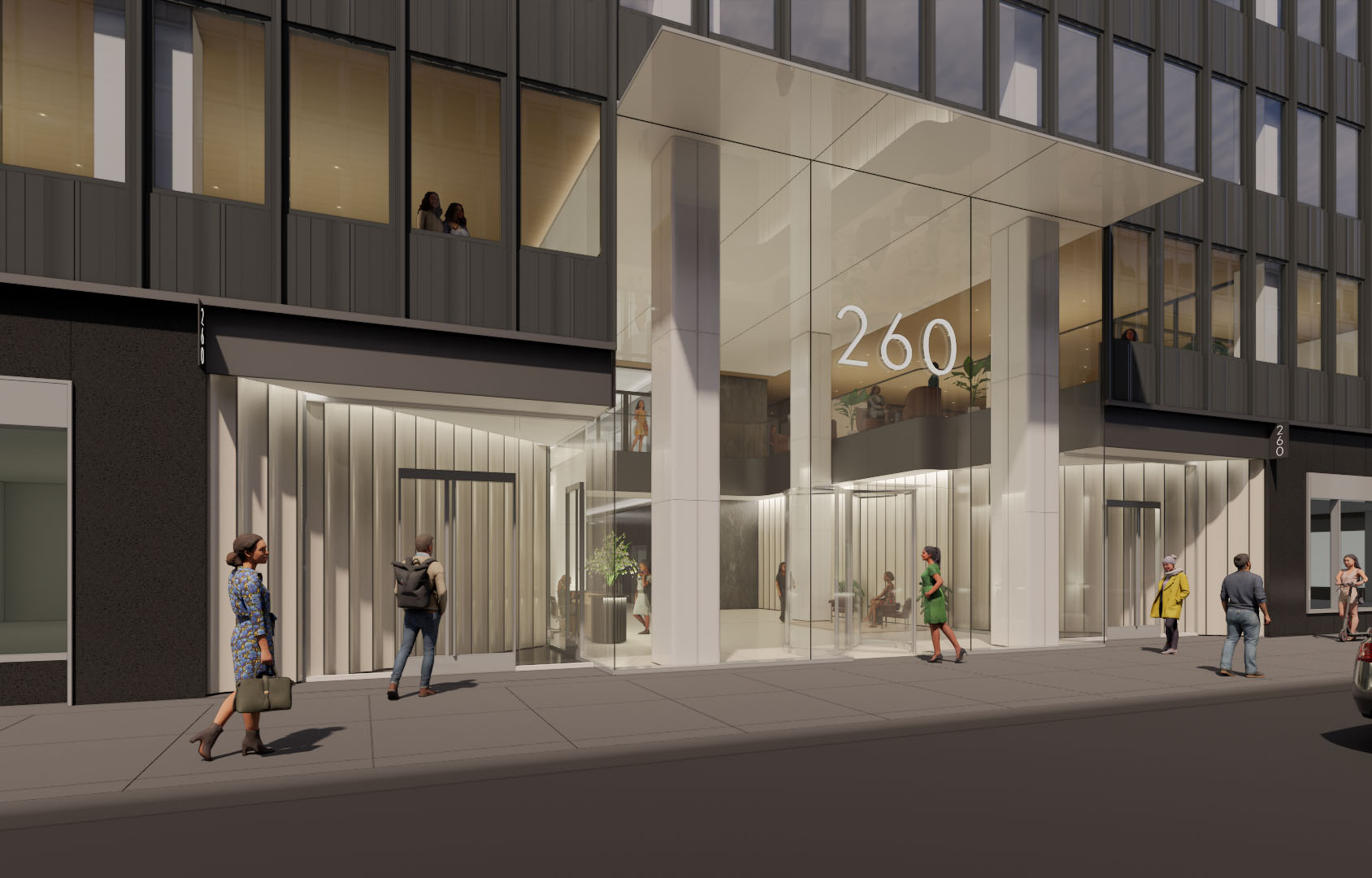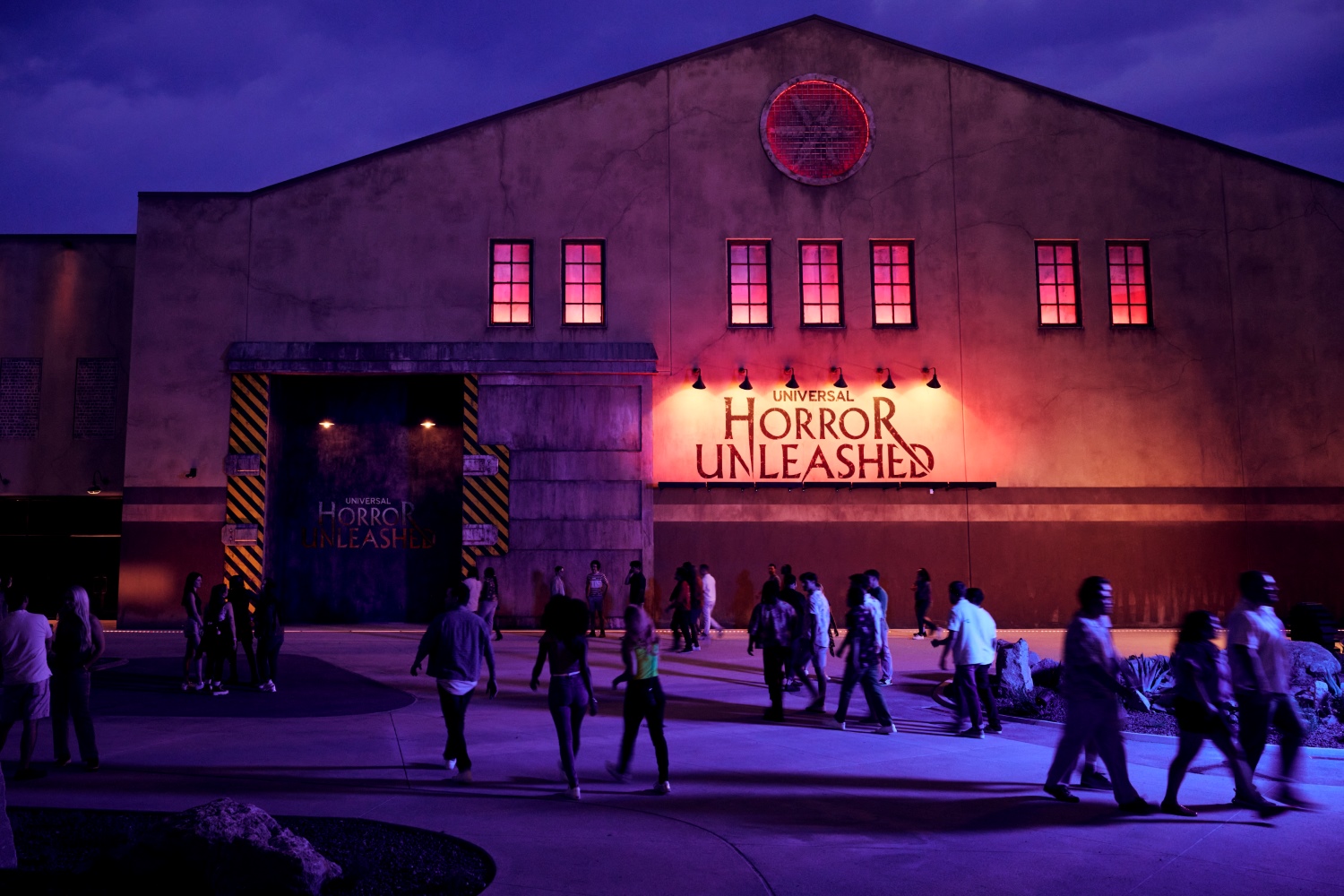News:
Brokerage
Posted: October 27, 2015
Preventing rodents in commercial buildings: Everyone can help - by Arthur Katz
As the weather starts to cool in the Northeast the outdoor food supply for rodents diminishes also. When this happens they will turn to buildings like yours for a warm place to live and a plentiful food supply. Many building unwittingly offer a great home for rodents. Most of them can enter the buildings through an opening as small as a quarter of an inch. Making sure a building is sealed tightly is one of the best ways to keep these freeloaders out.
Another reason for rodents moving into a building is the presence of construction, which disturbs their natural habitat. This is the season to be on high alert for these pests that can cause damage and disease. Signs of a rodent problem will also make your building very unappealing to current and prospective tenants.
Once inside the buildings, they nest close to areas that may have poor sanitation or where food is easily available. Some common places rodents will hide in commercial buildings include:
• Behind cabinets or furniture;
• Behind portable modular office divider walls;
• In wall, floor & ceiling voids;
• In offices cluttered with ignored boxes;
• Underneath desks;
• In unused, cluttered drawers in desks;
• Uncleaned former employee desks;
• Telecommunication channels;
• Heating system lines and pipe chases;
• Insulation around refrigerators;
• Close to garbage receptacles; and
• Near elevator shafts.
They will feed on anything they can get to including scraps or crumbs from lunches or snacks left on desktops or even small crumbs dropped on the floor. Being in a warm place with a good food supply, these creatures can breed throughout the year. They can produce 90 offspring over the course of that year.
Here are some things tenants can do to help you and themselves:
• Make sure tenants know their cooperation is necessary;
• Remove all food items from workstations; keeping food items in tightly lid glass containers;
• Eat only in areas designated for food and clean up after finishing;
• Do not leave food out overnight;
• Dinning areas should be away from their workstations;
• No personal refrigerators, toasters, or microwaves in the office area;
• Cluttered desks should be cleaned out;
• Storage should be 12-18” off the floor on exposed bottom shelving and 12” away from walls;
• Staff should also avoid on floor storage underneath the desk or workstations;
• Have the FM vacuum droppings with a HEPA filter attached vacuums;
• Keep garbage receptacles sealed and the area around containers clean and free of debris;
• Sanitizing floors and workstations with germicide; and
• Use weather-stripping and seal cracks in the foundation or façade of the building.
If there is evidence of an infestation call a pest control expert. Professionals can craft a multi-prong plan to eliminate the rodent you may have seen and all of its unwanted relatives. Remember, if you capture one rodent it is probably just the tip of the iceberg.
Arthur Katz is CEO of Knockout Pest Control, Uniondale, N.Y.
Tags:
Brokerage
MORE FROM Brokerage
Berger and Koicim of Marcus & Millichap sell 17-unit multi-family for $8.8 million
Manhattan, NY Marcus & Millichap negotiated the sale of 207 E. Fourth St., a 17-unit mixed-use multi-family property the East Village. The asset sold for $8.8 million. “This transaction underscores

Columns and Thought Leadership

Strategic pause - by Shallini Mehra and Chirag Doshi
Many investors are in a period of strategic pause as New York City’s mayoral race approaches. A major inflection point came with the Democratic primary victory of Zohran Mamdani, a staunch tenant advocate, with a progressive housing platform which supports rent freezes for rent

AI comes to public relations, but be cautious, experts say - by Harry Zlokower
Last month Bisnow scheduled the New York AI & Technology cocktail event on commercial real estate, moderated by Tal Kerret, president, Silverstein Properties, and including tech officers from Rudin Management, Silverstein Properties, structural engineering company Thornton Tomasetti and the founder of Overlay Capital Build,

Lasting effects of eminent domain on commercial development - by Sebastian Jablonski
The state has the authority to seize all or part of privately owned commercial real estate for public use by the power of eminent domain. Although the state is constitutionally required to provide just compensation to the property owner, it frequently fails to account

Behind the post: Why reels, stories, and shorts work for CRE (and how to use them) - by Kimberly Zar Bloorian
Let’s be real: if you’re still only posting photos of properties, you’re missing out. Reels, Stories, and Shorts are where attention lives, and in commercial real estate, attention is currency.









.jpg)

.gif)